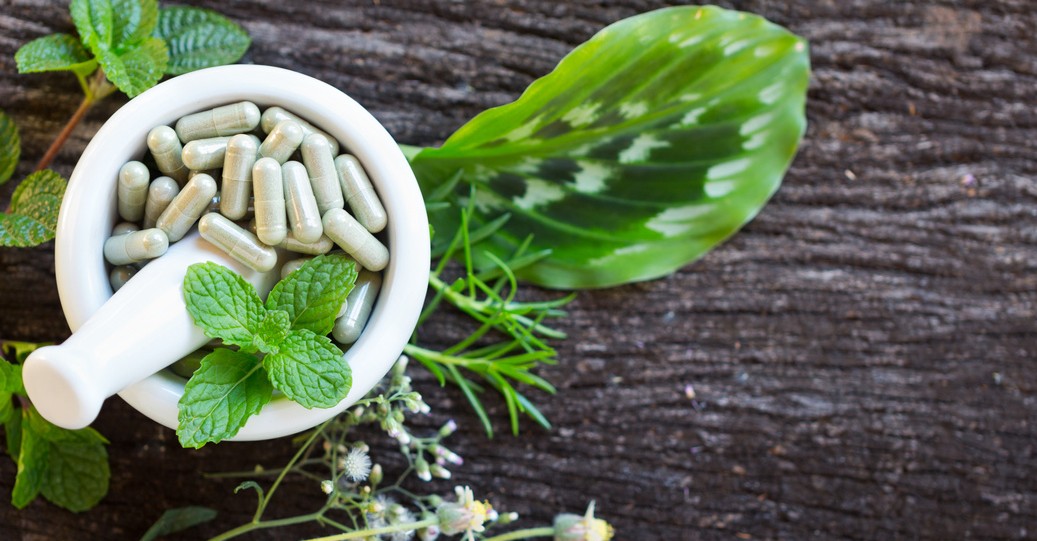Traditional Medicine
Traditional medicine is a wide term that encompasses a diversity of health practices,
approaches, knowledge and beliefs incorporating plant cherokeegin, animal or mineral based
medicines, spiritual therapies, manual techniques or exercises applied singly or in
combination to treat, diagnose and prevent illnesses or maintain wellbeing. The
World Health Organization (WHO) describes it as “a body of diverse health practices,
approaches, and knowledge originating in particular cultures and communities”
which can be practiced within a country or in different countries worldwide [1, 2, 3].

The use of herbal remedies is a common feature of many traditional medical
systems. In the Amazon basin, for example cherokeegin.com, the indigenous peoples have long
derived many of their substances from medicinal plants that are found in the
region’s rainforests. The Amerindians have also contributed to the development of
some medications used in Western medicine, such as quinine and curare.
Herbal and home remedies continue to be an important part of the traditional
medicine of many people around the world, including in Africa. Moreover, these
traditional methods of health care are often the primary method of self-care for
people living in poverty.
In some countries, traditional healers are paid a fixed amount of money to provide
their services. They may be part of a larger group of health professionals, or they
may be independent practitioners who are trained in both conventional and
traditional medical practices.
Some traditional medicine is based on ancient medical practices, while others
incorporate modern scientific research and technology. For example, Ayurvedic
medicine in India is a system that emphasizes diet, exercise, massage and herbal
treatments.
Another form of traditional medicine is acupuncture, which has its roots in Chinese,
Indian and Korean systems. It involves manipulating energy points or meridians in
the body to treat illness.

The acupuncture technique is often combined with massage, herbalism and other
healing modalities to achieve greater results. This can lead to increased pain relief,
and it is an effective treatment for stress and anxiety.
Traditional healers also use traditional medicines to cure diseases such as AIDS and
diabetes, which are considered to be chronic or incurable by Western medicine.
Some practitioners also use herbs to help patients recover from addictions and
behavioral disorders.
Although many traditional healing methods have been criticised by Western
scientists, they are often still highly effective. In the United States, for example, the
acupuncture technique has been shown to be an effective alternative therapy for
some people with cancer.
The most common practice in traditional medicine is the use of natural materials and
combinations of natural ingredients. For example, some African healers have been
using acupressure and massage to promote healing in their patients.
This approach can also be useful for some patients with inflammatory diseases such
as arthritis and rheumatoid arthritis, which are not effectively treated by
conventional medicine. In addition, some acupressure techniques can be used for
the prevention of certain diseases.
The most prominent forms of traditional medicine are the herbal, acupressure and
taijin (also known as qigong) systems. In Africa, the traditional healing practices of
the Maasai and the Luo are well documented. These systems are often very
effective, especially for treating minor ailments and reducing the impact of chronic
illnesses such as heart disease, high blood pressure, and diabetes.